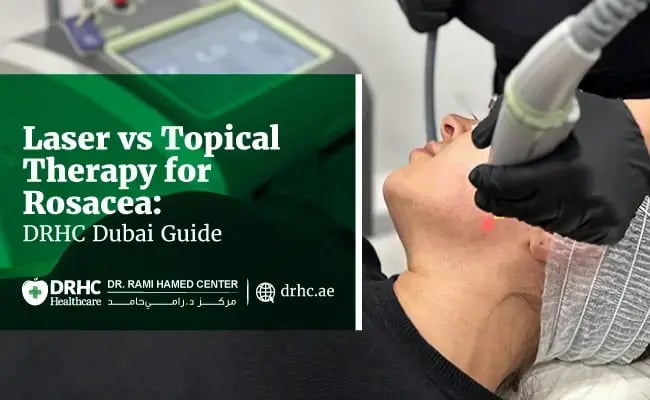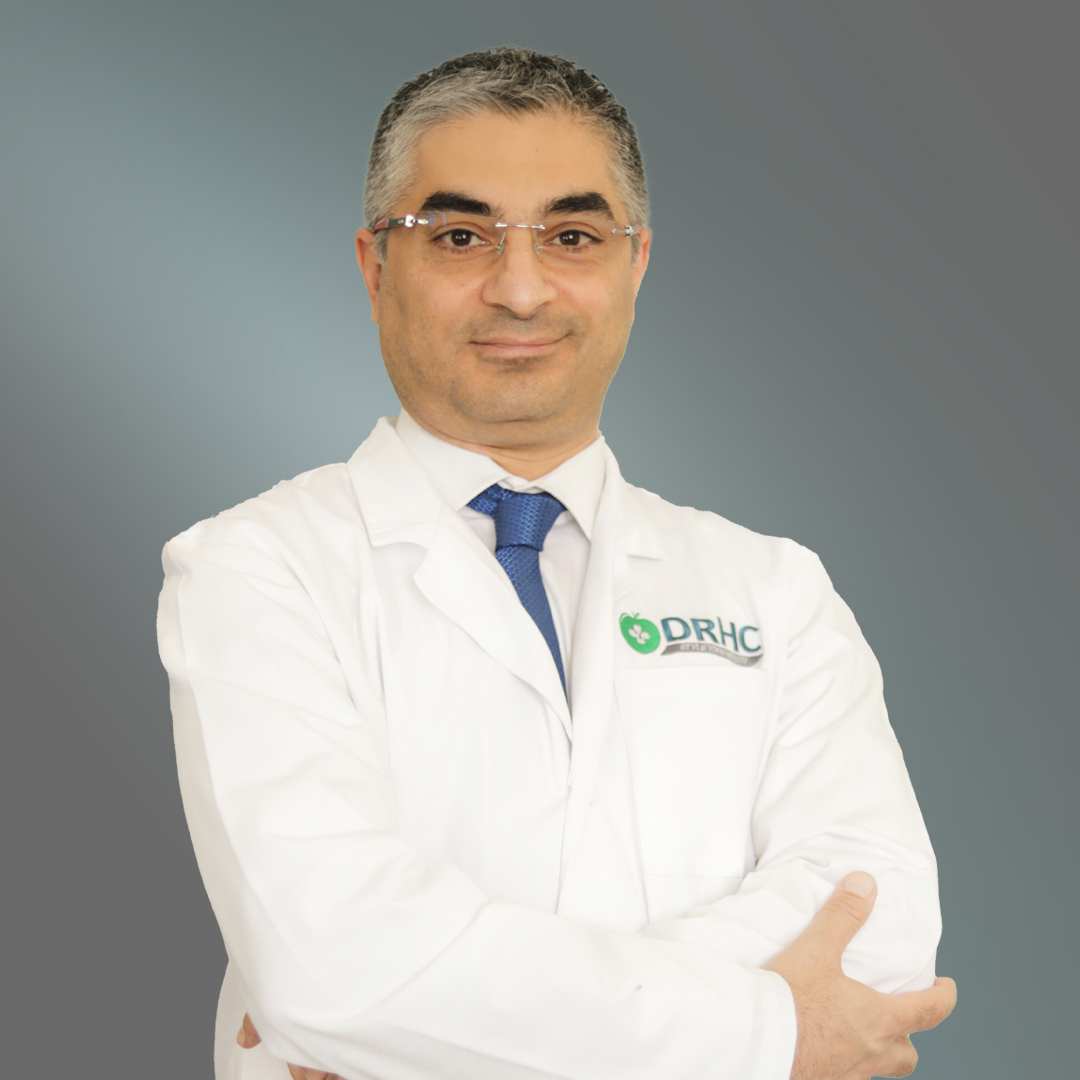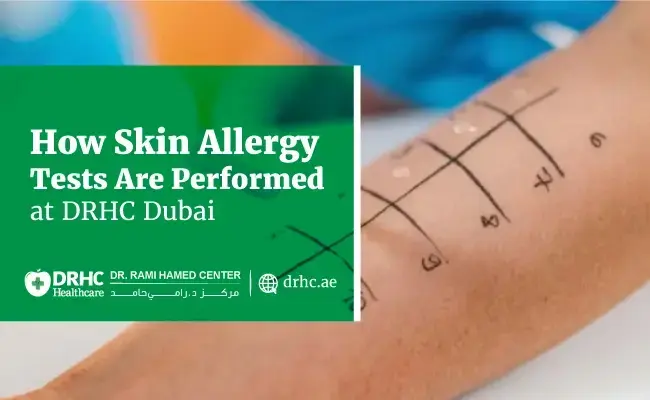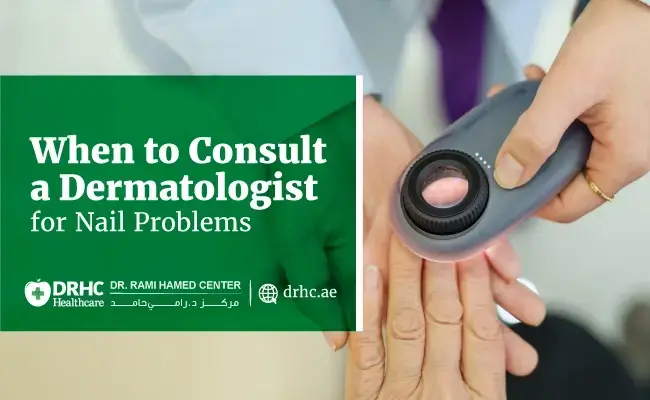
Rosacea can be a frustrating and emotionally challenging skin condition. Many people in Dubai experience persistent redness, visible blood vessels, and flare-ups that affect their confidence and comfort. At DRHC Dubai, we understand how discouraging it can feel to try multiple creams or treatments with limited results.
Fortunately, advancements in dermatology—especially laser therapy—now offer effective ways to manage rosacea symptoms. This guide explains how laser treatments compare to topical therapies, helping you make an informed decision about your skin care journey.
Understanding Rosacea
Rosacea is a chronic inflammatory skin condition that typically affects the face—especially the cheeks, nose, forehead, and chin. It causes redness, flushing, visible veins, and sometimes acne-like bumps.
While rosacea isn’t curable, the right treatment can significantly reduce symptoms and prevent flare-ups. The key is identifying your triggers and choosing a management plan suited to your skin’s needs.
Topical Therapy for Rosacea
Topical medications are often the first step in treatment. These are creams or gels prescribed to reduce redness, inflammation, and breakouts.
Common topical treatments include:
- Metronidazole or Azelaic Acid: Helps control inflammation and reduce papules or pustules.
- Brimonidine or Oxymetazoline creams: Temporarily constrict blood vessels to reduce redness.
- Gentle moisturizers and sunscreens: Essential to soothe irritation and protect sensitive skin.
Benefits:
- Non-invasive and easy to use at home.
- Suitable for mild to moderate rosacea.
- Helps control flare-ups when used regularly.
Limitations:
- Results may take several weeks to appear.
- Redness and visible veins may persist despite treatment.
- Not always effective for advanced or vascular rosacea.
Laser Therapy for Rosacea
Laser treatments target the visible blood vessels and redness caused by rosacea. By delivering precise light energy to affected areas, the laser helps shrink blood vessels, reduce redness, and improve overall skin tone.
At DRHC Dubai, dermatologists often use vascular lasers such as pulsed dye lasers or IPL (Intense Pulsed Light) systems, depending on the patient’s skin type and condition.
Benefits:
- Noticeable reduction in redness and visible veins.
- Stimulates collagen production, improving skin texture.
- Fast treatment sessions with minimal downtime.
- Suitable for patients who haven’t responded well to topical treatments.
Limitations:
- May require multiple sessions for best results.
- Mild temporary redness or swelling can occur.
- Not suitable for all skin tones or conditions—consultation is essential.
Combining Laser and Topical Therapy
For many patients, the most effective results come from combining both approaches. Topical treatments help control inflammation and maintain daily comfort, while laser sessions address redness and visible vessels more directly.
At DRHC Dubai, dermatologists design personalized rosacea treatment plans that may include laser therapy, medical-grade skincare, and lifestyle advice to manage triggers such as sun exposure, spicy food, or stress.
How to Choose the Right Treatment
The choice between laser vs topical therapy depends on several factors:
- Severity of rosacea
- Skin type and sensitivity
- Response to previous treatments
- Lifestyle and comfort level with clinical procedures
During your consultation at DRHC Dubai, our dermatology specialists will assess your condition, explain your options, and guide you toward a plan that achieves both medical and cosmetic improvement.
FAQs About Rosacea Treatment in Dubai
1. Is laser treatment safe for rosacea?
Yes. When performed by an experienced dermatologist, laser therapy is safe and effective for reducing redness and visible veins.
2. How many laser sessions will I need?
Most patients see improvement after 3–5 sessions spaced a few weeks apart, but the exact number varies by individual.
3. Can I continue using my topical creams after laser therapy?
Yes. Many patients use gentle topical treatments to maintain results and control flare-ups.
4. Will rosacea come back after treatment?
Rosacea is a chronic condition, so maintenance care may be needed. However, treatments can greatly reduce symptoms and flare-up frequency.
5. Is laser therapy painful?
You may feel a mild warming or tingling sensation during treatment, but most patients find it tolerable. Numbing cream can be applied to ensure comfort.
Conclusion
Whether you’re just starting to manage rosacea or exploring advanced treatment options, both laser therapy and topical treatments offer valuable benefits. The right approach depends on your skin’s condition and goals.
At Dr. Rami Hamed Center (DRHC) in Dubai, our dermatology specialists offer personalized care to help you regain confidence and comfort in your skin. Book a consultation today to discuss your options and start your journey toward clearer, calmer skin.
📞 Call / WhatsApp: +97142798200
📍 Visit Us: Dr Rami Hamed Center, Dubai Healthcare City
🌐 Website: www.drhc.ae
Topic: Dermatology









Leave a comment